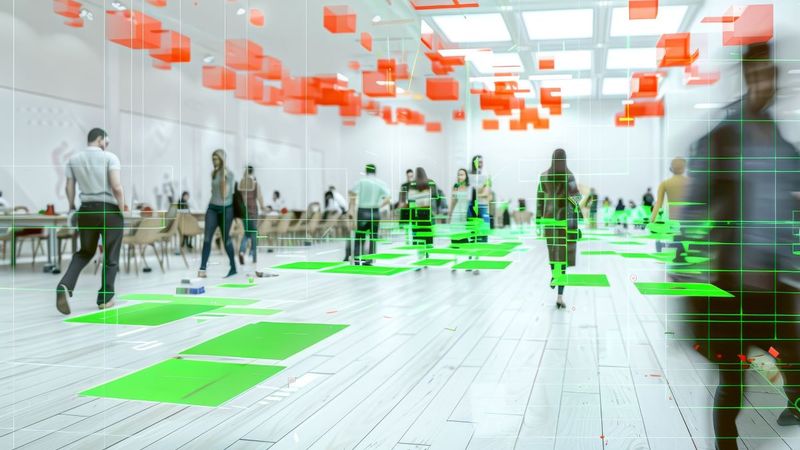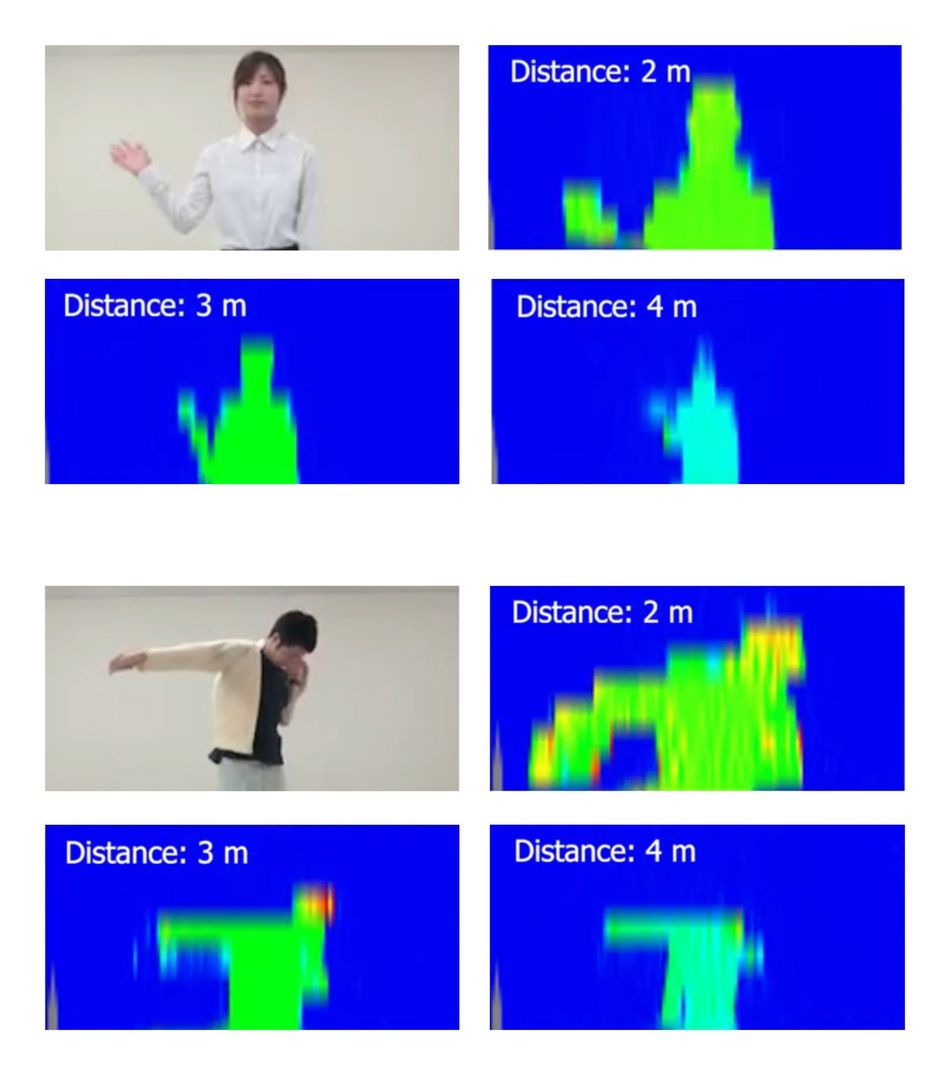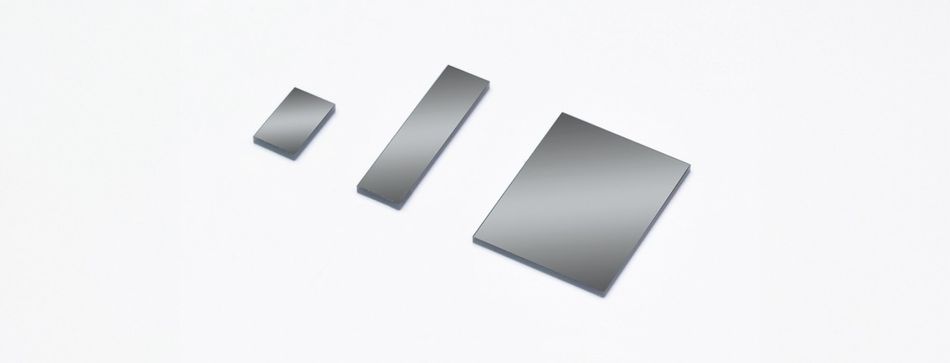Distance Image Sensors: The key to advanced gesture detection and people counting applications
Distance image sensors utilize the indirect time-of-flight (TOF) technique to precisely determine the range to a target object. By emitting pulse-modulated light, these sensors capture reflected signals and process the information in real time.

Distance image sensors measure the distance to the target object using the Indirect TOF (time-of-flight) method for meticulous distance measurements. Operating with pulse-modulated light sources, these sensors seamlessly integrate into various applications, delivering real-time, arithmetically processed distance data.
Hamamatsu Photonics’ distance image sensors consist of a photosensitive area (linear or area array), shift register, output buffer amplifier, bias generator, timing generator, and other components. They can transfer data in the order of tens of nanoseconds and include features such as: drive voltage 5V or less, reduced effect of background light, compact chip size package (CSP) type.

There are many potential applications for distance image sensors, including:
- Obstacle detection (self-driving, robot)
- Security (surveillance camera, intrusion detection)
- Factory automation (shape recognition, logistics, robots, object size)
- Motion capture, gesture detection
- Touchless operation (air conditioners, automatic doors)
Key benefits of distance image sensors for people counting and gesture detection applications
People Counter
People counting with distance image sensors poses several challenges that can reduce accuracy, such as varying light conditions and overlapping individuals. Sensor placement is also integral to realizing reliable and consistent counting.
One example of a people-counting application is auditing people's movements in various environments. For such applications, you can apply a photosensor/light-emitting unit (distance area image sensor and LED) on a ceiling to track people's passage while also counting them. The distance information aids in monitoring people's height.
This data can be used to survey the quantity and movement of individuals in elevators, count and monitor customers in stores, record gate access, 2|3 and observe crowded areas at train platforms. It prioritizes privacy by only capturing data about the individual’s shapes without obtaining their profiles or images. It can also be used in automated manufacturing to check the quantity and size of objects on factory assembly lines.
Gesture Detection
One of the newest additions to Hamamatsu’s range of distance image sensors is a sensor with 128 x 8 pixels. This new image sensor can detect the motion of an object at low resolution. For example, it can follow the movement of a hand, or detect when someone is putting on or taking off a jacket. It can also recognize simple gestures, such as using a hand or finger to scroll through pages of a spatial display.
Low-resolution distance image sensors can be highly effective for short-distance gesture detection, offering a balance of cost, simplicity, and performance that meets the needs of many practical gesture detection applications.
Hamamatsu's advancements in distance image sensors are opening up new possibilities in various applications, such as people counting and gesture detection. These sensors, known for their exceptional precision and adaptability, have the potential to revolutionize how machines interact with their surroundings and with humans. As the boundaries of what these sensors can accomplish are expanded, we can look forward to creating more intuitive, efficient, and human-centered technological solutions. Visit the Hamamatsu website to discover more about their distance image sensors and their potential to transform your applications.



